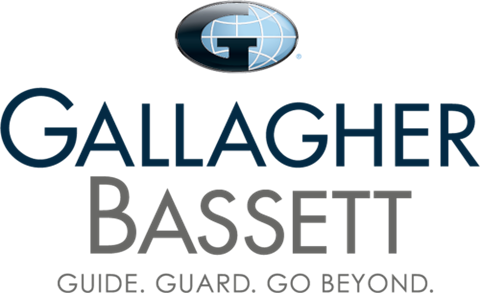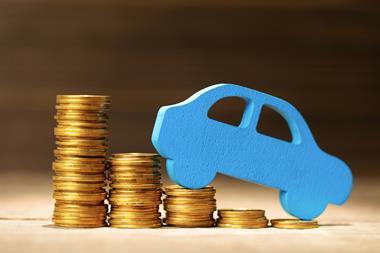Gallagher Bassett technical director Andy Sewell assesses the current rise in motor insurance claims inflation and what this means for insurers and brokers
The rising cost of living and huge increases in energy prices affect us all. The same is true for claims inflation pressure and no more so than in the motor insurance industry. In reality, rising costs in motor insurance claims have been felt for quite some time.
Pressures in the motor body repair industry, the availability of new cars, the rising cost of used cars and inflation around personal injury claims have all helped to drive claims costs higher.
The body repair industry has had many challenges for a long time, but right now the pressure is as high as ever. The National Bodyshop Repair Association (NBRA) reported in January 2022 that a bodyshop would have expected to receive more than 70% of parts within two days prepandemic.

Post-pandemic, this has dropped to 50%, with some parts taking more than two weeks to arrive. The delay in parts has, of course, been further affected by the terrible scenes happening around the world – such as in Ukraine, where a number of manufacturers had parts being produced.
The additional wait for parts will cause delays booking in dates for drivable vehicles and inevitably lead to the vehicle being on site for longer, which in turn will create frustrations and require additional inputs to better manage the customer journey and expectations.
This also then drives up the length of time a replacement vehicle is required, creating additional stresses and, in the case of third party claims, increasing the period an individual remains in credit hire.
Insurers may therefore look towards economic write-offs and cash in lieu settlements to third parties in order to reduce the duration of hire. This, though, has its own problems, as the production of new cars continues to struggle to meet demand – in turn, this has increased the cost of used cars, with an estimated rise of 40% in the past two years.
It is important insurers work closely with their existing repairer network, listen to the pressures that the repairers are under and actively look to manage expectations in the event of a new claim and a repair required.
The use of green parts where appropriate or deployment of temporary repairs to ensure vehicles are rendered roadworthy until a full repair can be undertaken has to be considered.
The general financial stresses being seen across the country will also add pressure to claims inflation.
Historically, in times of economic downturn, we see an increase in opportunistic and organised fraud. This will affect the motor insurance industry in terms of theft and damage claims, as well as in personal injury.
A third party might not have previously attempted to claim for injury, but they may now have a motive for doing so – albeit a fraudulent one. Insurers will need to be alive to this and ensure robust processes are in place to detect such activity.
These issues will, unfortunately, not be resolved in the short term. While these challenges remain, the removal of as much friction as possible from the claims process – together with improved communication to customers – is imperative.













































No comments yet